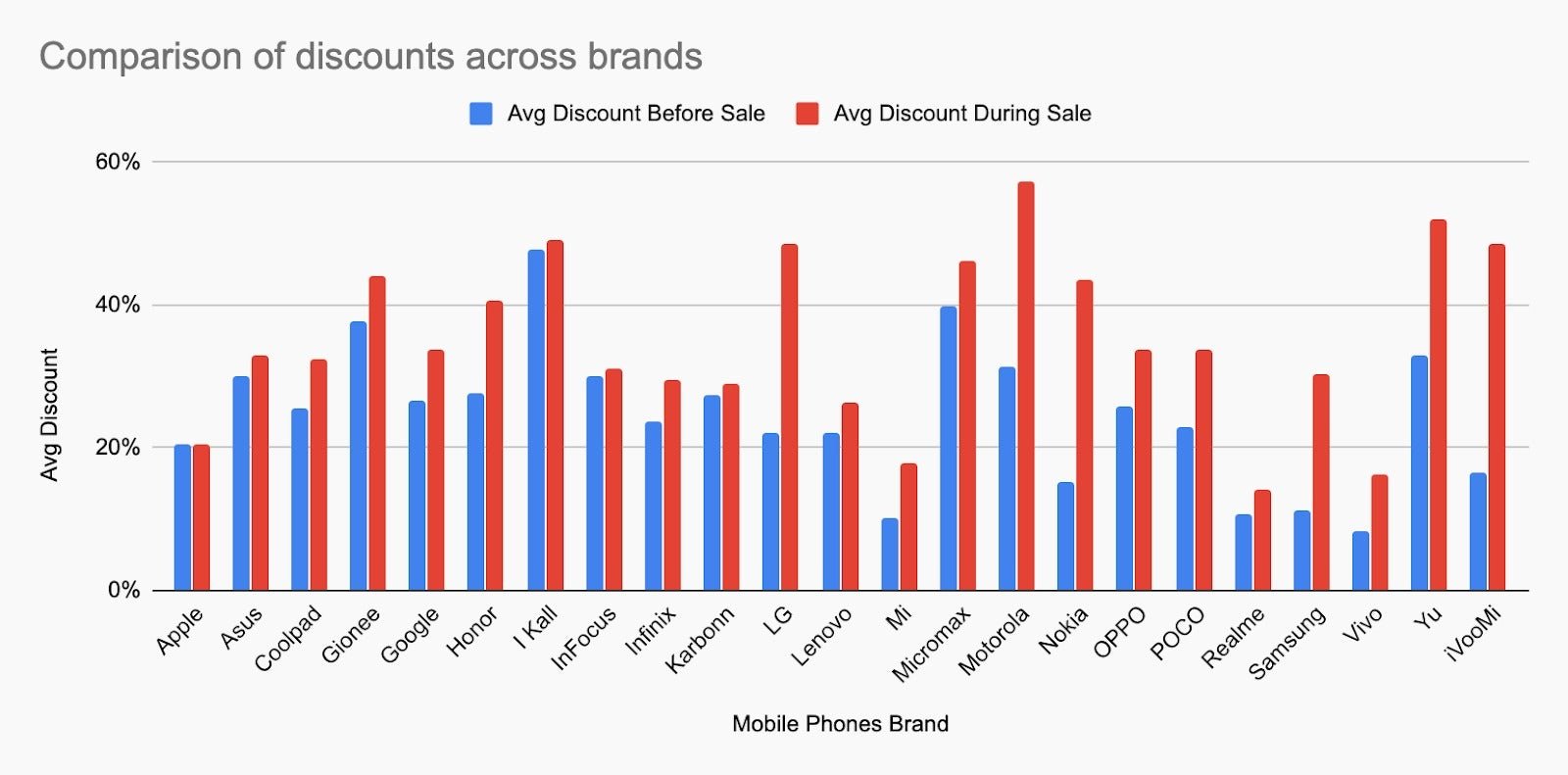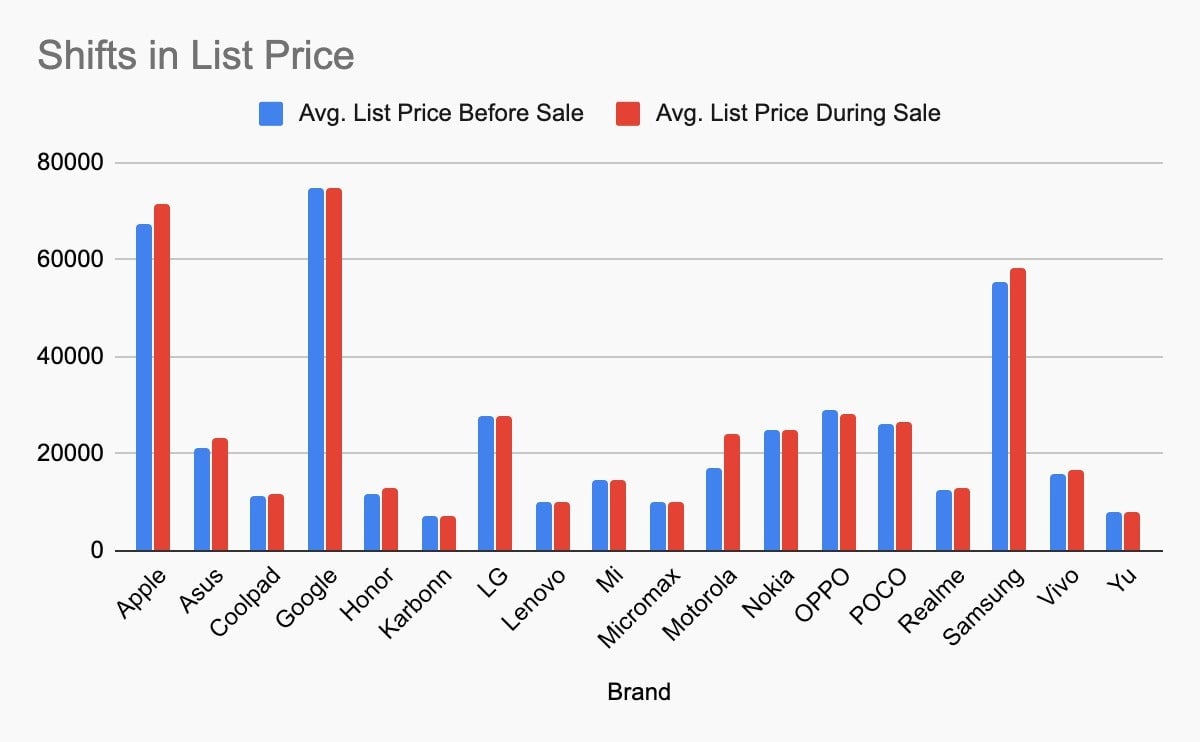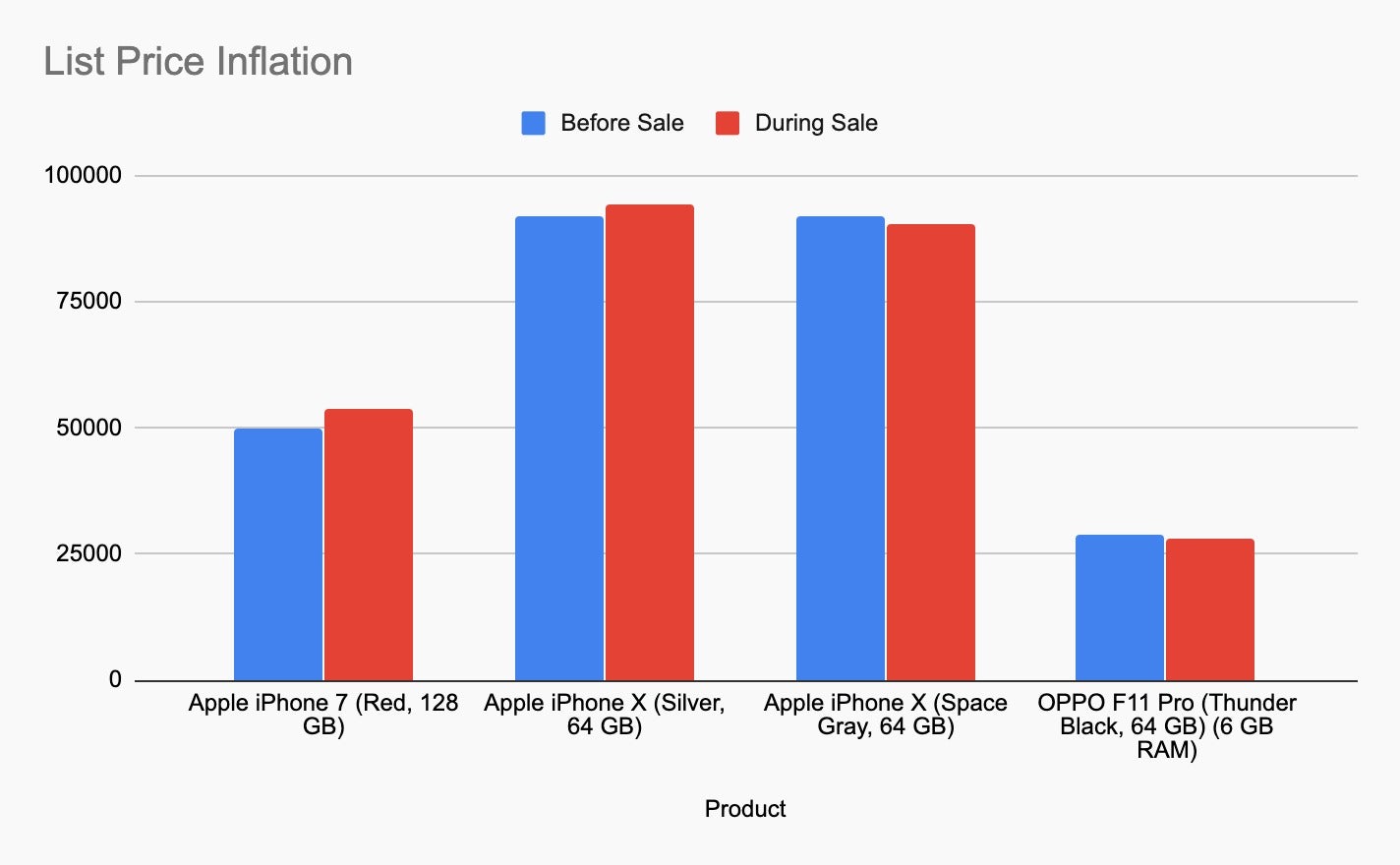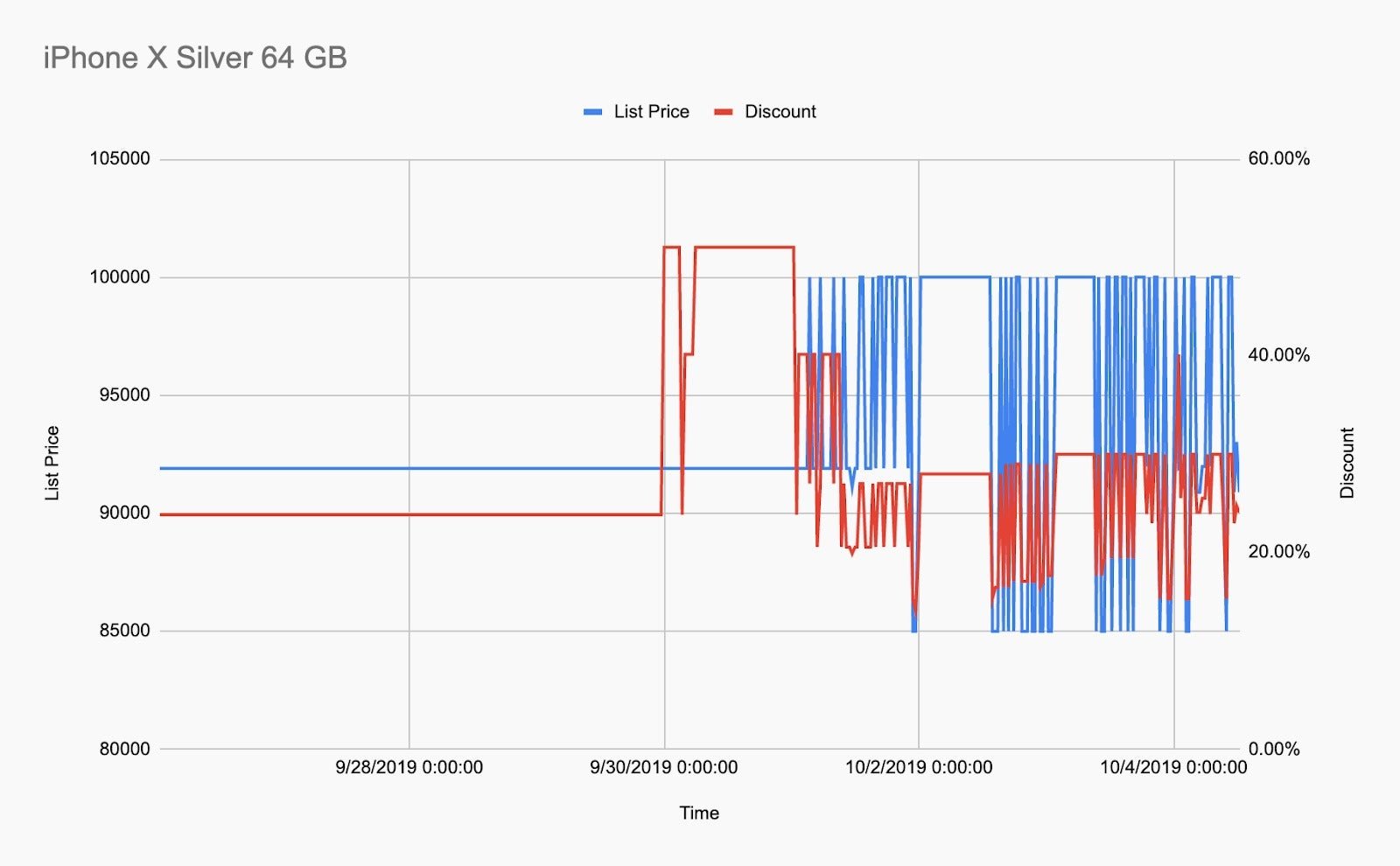Here’s more proof that you shouldn’t take all Indian online festive offers at face value
If you feel great about having shopped a cart-full during last week’s e-commerce sales in India and saving a lot, think again.


If you feel great about having shopped a cart-full during last week’s e-commerce sales in India and saving a lot, think again.
Most Indian online retailers, led by the largest two, Amazon and Flipkart, ran their annual festive season sale events during the week that ended Oct. 04. From discounts of between 20% and 90%, to flash sales and cashback, the sales were the talk of the town as everyone scurried to land the best deal.
With my parents’ anniversary around the corner, I figured I could gift my mom a nice phone if I landed a good deal. She has, however, been sceptical for the longest time: “Most of the discounts are in name only, the seller just marks up the price and offers you the illusion of a nice discount.”
To test this hypothesis, the team at my e-commerce data and artificial intelligence company, Semantics3, closely tracked the advertised deals before the sale started. Here’s what we found:
Mobile phone brands are aggressive
Aspirational brands like Apple and Google didn’t really see any significant change in discounts from before the sale, barring a couple of stock keeping units (SKUs). However, brands like Nokia, Samsung, LG, and Motorola were extremely aggressive, with Nokia tripling its average discount from 18% to 54%, according to the data analysed.

Was it actually a good deal?
Discounts are measured using list or sticker prices as the baseline. The understanding is that the sticker price is a sturdy unchanging anchor point against which the seller has magically been able to provide a discount. But is it?
We tracked list prices for a basket of products before and during the sale season.

Take a closer look at Apple, Motorola, and Samsung in particular—SKUs are often marked at a higher list price during the sale than before, often to a significant degree. If you’re using list price to assess whether a deal is worth taking, do think again.

For example, both Apple iPhone 7 Red and Apple iPhone X Silver were listed for Rs3,000 ($42) higher during the sale than before the sale began.
We dug deeper into this phenomenon by tracking list prices at hourly intervals. Interestingly enough, we found that list prices change almost on an hourly basis, with a difference of as much as Rs15,000 between the peak and trough for the iPhone X Silver 64GB. Perhaps the seller was manipulating the list price to provide a higher illusory discount?

Whatever the reason may be, the moral of the story is: Take those discounts with a pinch of salt. List prices can be deceptive, and if manipulated intentionally, could be an attempt at setting a psychological anchor point to get you to click on the buy button.